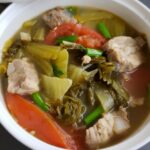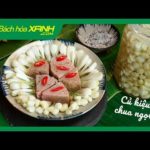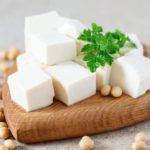
Cỗ Tết often features a variety of protein-rich dishes, such as meat, fish, seafood, and cold cuts, which can leave guests feeling uncomfortably full. This is where pickled vegetables, like pickled cabbage, come to the rescue as a refreshing palate cleanser. With only a few days left until Tết, now is the perfect time to start preparing and pickling your vegetables. If you know the right technique, pickling cabbage can be a quick process, resulting in crunchy, golden vegetables in just two days.
Follow these tips to ensure your pickled cabbage turns out perfectly crisp and tasty, without any unpleasant odors:
How to Select the Best Cabbage for Pickling:
For the best results, choose mature cabbage heads with firm leaves. Avoid using very young, tender cabbage. Also, make sure the heads are intact and free from any bruises or damage. Using mature cabbage will result in a crisp and slightly chewy texture, reducing the risk of spoilage or unpleasant odors.
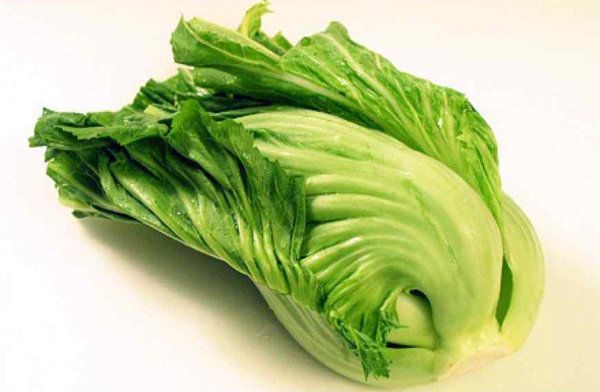
Wilt the Cabbage:
One crucial step to achieving crispness is to wilt the cabbage slightly. Clean and cut the cabbage into approximately 5-centimeter lengths. Before pickling, spread the cabbage out in the sun to wilt slightly. This step reduces the water content in the cabbage, minimizing the risk of spoilage and resulting in a crunchier texture. If there is no sun, you can air-dry the cabbage until it feels slightly dry.
If you’re short on time, you can also blanch the cabbage. Bring a pot of water to a boil and briefly dip the cabbage in for about 10 seconds, then remove and let it cool before pickling. While this method still yields crunchy cabbage, the color may not be as vibrant. Additionally, if you blanch the cabbage, it will be ready to eat in just two days.
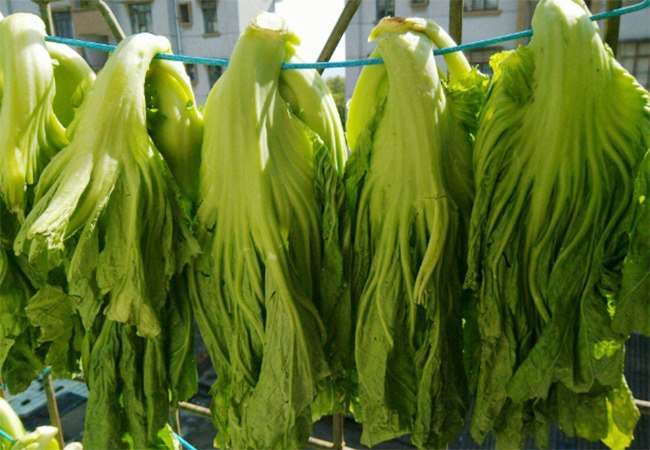
Additional Ingredients for Enhanced Flavor:
When pickling cabbage, you can add ingredients like scallions, sliced onions, or sliced shallots to enhance the flavor. Some people also like to include sliced chilies for a spicy kick. It’s all a matter of personal preference.
Preparing the Brine:
The brine for pickling is typically made by boiling water with salt and allowing it to cool. The brine should taste slightly salty. If you prefer a quicker pickling process, you can add vinegar and sugar to the brine. Taste the brine and adjust until you achieve a mildly sour and sweet flavor.
Ensure All Equipment is Clean and Dry:
It’s essential to use clean and dry equipment throughout the pickling process. Use glass jars, ceramic or porcelain crocks, and make sure they are thoroughly cleaned and sterilized by boiling or rinsing with boiling water. Dry them completely before use. The weight used to press the cabbage should also be dry. Ensure your hands are dry when handling the cabbage.
The Pickling Process:
Once you’ve completed the previous steps, it’s time to assemble your pickle. Place the cabbage, along with your chosen flavor enhancers, into the glass jar. Pour in the brine, ensuring the cabbage is fully submerged. Place the weight on top and close the lid. Your pickle will be ready to eat in 2-3 days.
Note: It’s important to keep the cabbage completely submerged in the brine to prevent spoilage. You can adjust the amount of salt, sugar, and vinegar to suit your taste. Once the cabbage reaches your desired level of sourness, store it in the refrigerator to halt the fermentation process.
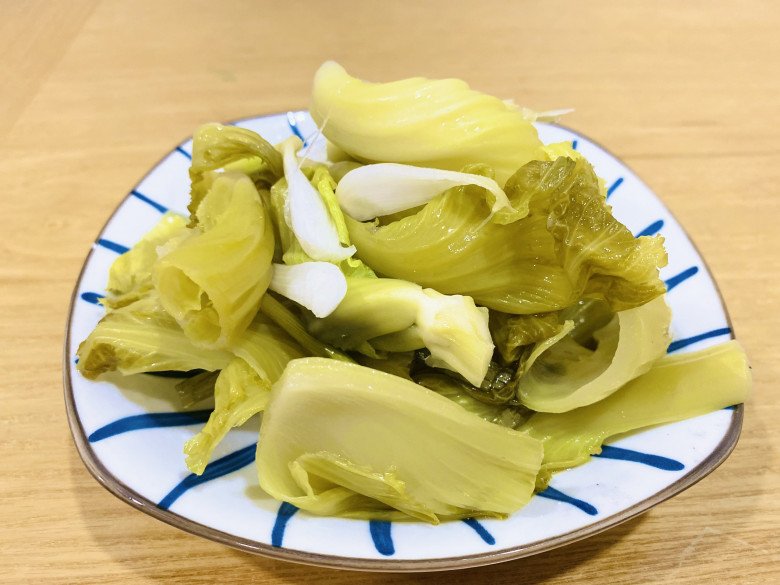
Happy pickling, and Chúc các bạn thành công!
What is Fermentation? Its Origins, Process, and Methods
Fermentation is an ancient technique that has been used for centuries to preserve food and create delicious, nutritious products. But what exactly is fermentation, and how does it work? In this guide, we’ll explore the fascinating world of fermentation, delve into the step-by-step process, and uncover the diverse range of methods used to transform ingredients into tangy, tasty treats. Get ready to embark on a journey that will not only enhance your culinary skills but also deepen your appreciation for the art of fermentation.

























